Meena (1973) and A...AA(2016)– One popular novel, two interpretations
Literarily Speaking: Yaddanapudi Sulochana Rani’s Telugu novel, Meena, inspired two different movie adaptations, 43 years apart
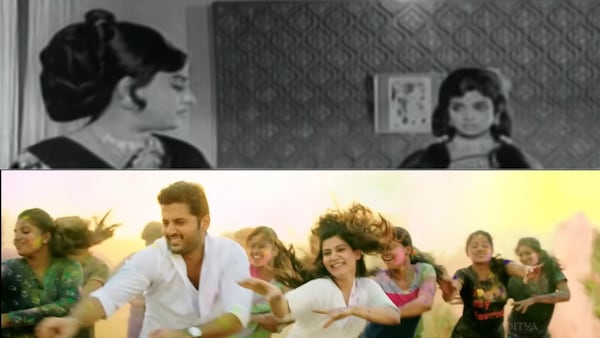
Last Updated: 11.54 PM, Jun 02, 2023
In our column, Literarily Speaking, we recommend specially-curated book-to-film adaptations that will leave you spell-bound
In the novel, Meena is a young woman of many idiosyncrasies and some privilege who lives in Hyderabad with her beloved father and authoritarian mother. Her mother, who makes all the choices on her daughter’s behalf, wants her to marry a successful young acquaintance called Saarathy. Meena is desperate to flee the situation and with her mother briefly out of town, she heeds her father’s suggestion of spending a few days with her father’s side of the family in a village called Nimmaloor.
While her mother always regarded this branch of the family as not amounting to much in society, Meena has a life-changing experience in her aunt’s house. She finds a sister in her cousin, Rajeshwari, nicknamed Raju, and gradually, Meena falls in love with her cousin, Krishna. She discovers that Krishna has agreed to marry the daughter of a local landlord in return for clearing his debts. Meena returns home to the city with a fresh outlook towards life but keeps her visit to Nimmaloor a secret from her mother. The marriage alliance with Saarathy threatens to progress rapidly, and coupled with Meena’s interference in some of Krishna’s decisions that she deems illogical, things go beyond Meena’s control in the ensuing chaos.
With the help of Krishna, Meena takes the drastic step of defying her mother and ends up antagonising her father. Will her mother see her point of view or has Meena squandered her relationships in pursuit of what she feels is the right thing to do?
VIJAYA NIRMALA’S MEENA (1973)
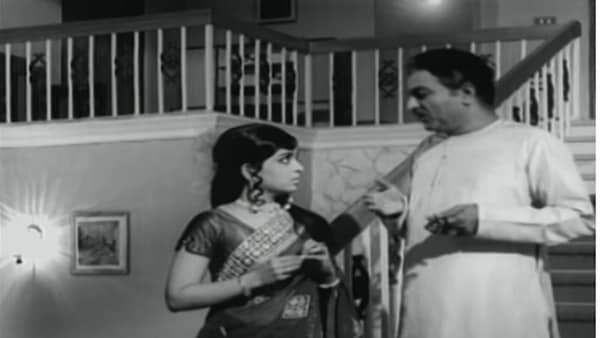
Vijaya Nirmala pulled off the impossible— making a faithful film adaptation of a popular novel for her directorial debut. She played the titular character of an intelligent young woman limited only by her lack of exposure to a world outside her own, thanks to her overprotective mother, Krishnaveni (S. Varalakshmi) and her beloved father Hanumantha Rao (Gummadi Venkateswara Rao). The conflicts in the family are mainly about Krishnaveni’s disappointment with the unambitious Meena’s lack of interest in her suitor, Saarathy (Kongara Jaggiah), and her husband’s excessive sentimentality towards his socially inferior extended family.
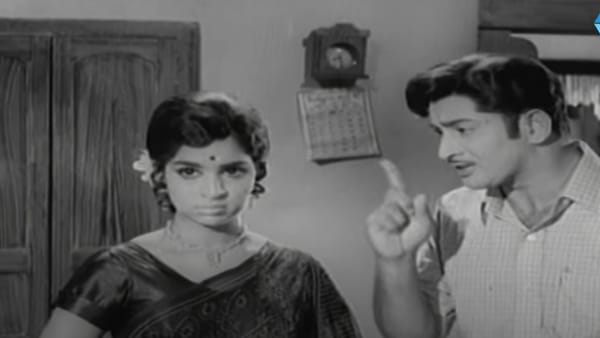
In Nimmaloor, Meena is overwhelmed by the warmth of her aunt (Nirmalamma) and her cousin, Raju (Chandrakala), but has differences of opinion with her cousin, Krishna Rao (Krishna) whom she gradually comes to admire. When she brings Raju to the city with her, things spiral out of her control, but Meena is steadfast in doing the right thing. When circumstances force her to take a drastic step against her mother, she loses her father’s support, but Krishna stands by her like a rock.
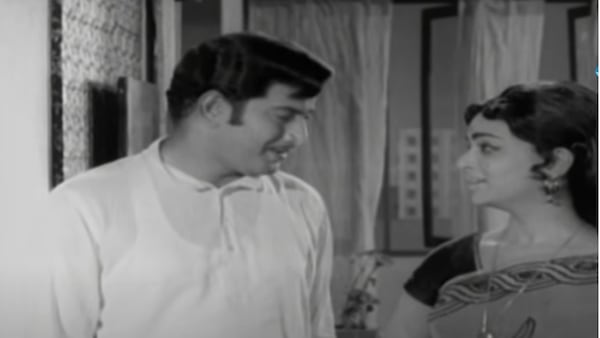
Vijaya Nirmala excels as Meena, a smart but whimsical young woman, and retains the mannerisms of the character from the novel, including her trait of nibbling her fingernails when pensive. Krishna represents the son of the soil, who stoically supports his family. The casting of Krishna as the male lead went against the grain of his image as a ‘mass’ hero because the movie had no fights or dances.
TRIVIKRAMA SRINIVAS’ A…AA (2016)
While A...AA(2016) is indeed based on the novel, it updates the story, heightens the conflict and adds some commercial elements that have come to define a contemporary Telugu movie. In an interesting casting coup, Vijaya Nirmala’s son Naresh plays the protagonist’s father in A…AA, thereby linking the two adaptations.
Anusuya (Samantha Ruth Prabhu) is the only daughter of Mahalakshmi (Nadia) and Ramalingam (Naresh). She is cosseted by her mother, and is not only forbidden from independent thought, she has also become incapable of it. When she visits her aunt’s house in Kavalapudi village, she demands luxuries like air conditioning and a television in her room. This changes the character of Meena from the novel to a spoilt rich girl, even if she steps up to the challenges that she wreaks upon herself in the second half of the story.
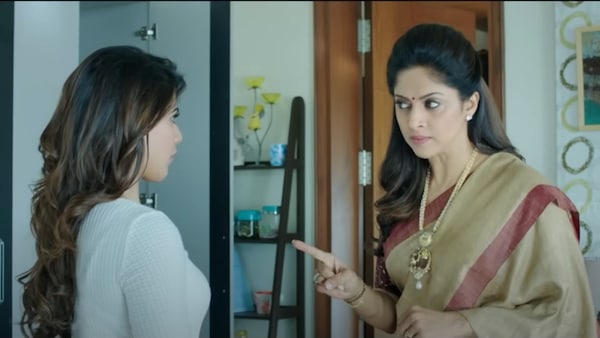
Anusuya’s cousin, Anand Vihari (Nithiin) is portrayed as a youth living in a village, but with some exposure to the city. The movie contemporised the story by also making departures in character motivation, amplifying the conflict between the two families, and some added fights and song-and-dance sequences.
In South Indian movies of the 1960s and 1970s, the urban-rural divide is stereotypically scripted on the lines of Shakespeare’s The Taming of the Shrew. A tempestuous westernised urban Katherina is ‘tamed’ by a glorified rural Petruchio, who resorts to petty patriarchal ploys to mould her into a perfect obedient wife.
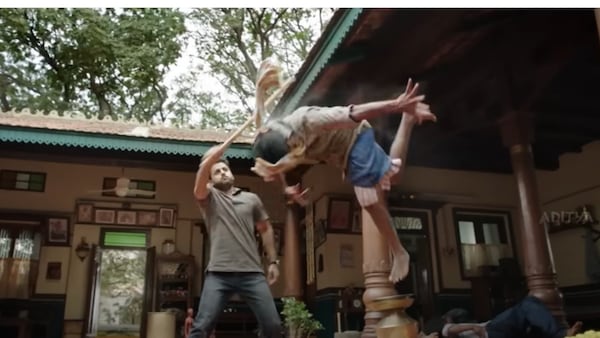
In Vijaya Nirmala’s Meena, however, the contrast between Meena’s upbringing and that of her cousins is brought in, not superficially in clothes or body language or even the use of English or a rural accent. It is in the difference in values growing up in privilege and austerity. Meena is humbled by the warmth of the family even in austere circumstances, but equally, the family later learns from Meena that loved ones don’t need to vie with each other to make sacrifices.
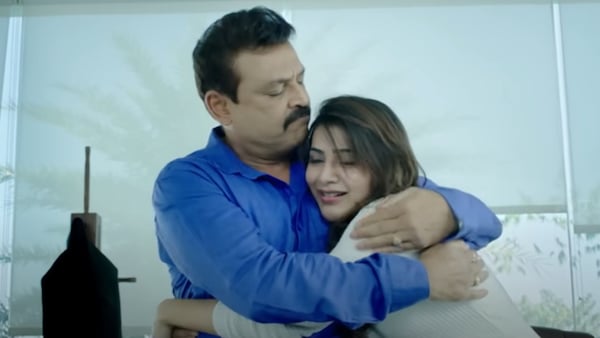
In A…AA, Anusuya gets up to some antics that end up diminishing her to a caricature, while Anand Vihari ends up getting equal screen time. Anand Vihari’s willingness to sacrifice his preferences to marry someone for his family’s financial well-being seems on the one hand out of place in a contemporary retelling, but also seems intentionally done to further cement the depiction of Anusuya as a self-centred city-bred Katherine to his Petruchio. In this respect, A...AA ends up being a romance of the ‘Taming of the Shrew’ kind, rather than a family drama or a coming-of-age narrative.
(Views expressed in this piece are those of the author, and do not necessarily represent those of OTTplay)
(Written by Saritha Rao Rayachoti)
